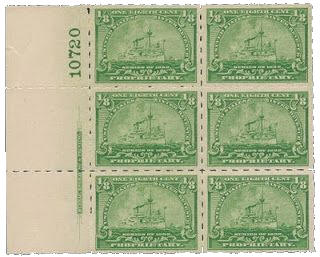| A B C D E F G H I J K L M N O P Q R S T U V W X Y Z |
Hair Line
A fine line or lines in the design of a postage stamp, not intended by the engraver.
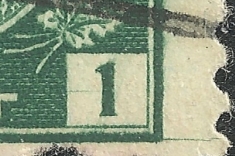
Hammer Price
An auction term used to describe the highest bid. Often, the auction house will add a buyers premium to the hammer price. Thus the bidder will pay the hammer price plus the buyer s premium, usually 10-15% of the hammer price.
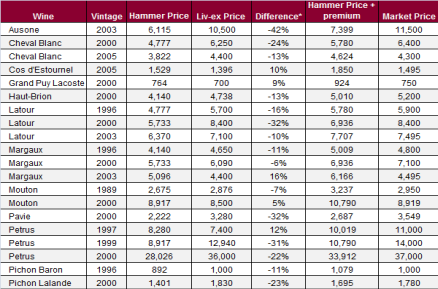
Hand Cancel
A cancel that is applied to stamps individually and with a hand-held device, as opposed to a cancellation applied by a machine.
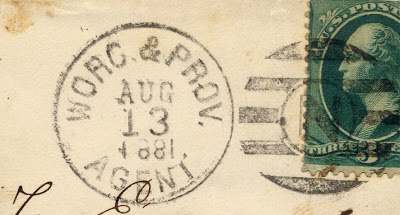
Handstamp
The hand-held device used by postal workers to cancel stamps and apply postal markings, or the impression left by this device.
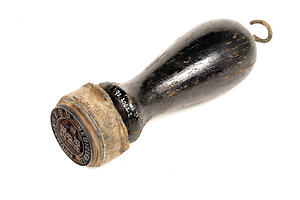
Hardening
The design of the stamp needs to be engraved into soft metal. Hardening is the process of taking the soft die, transfer roll, or engraved plate and making it hard by tempering and by replacing the carbon. Often this was done by packing the die in charcoal or potash and placing it in a sealed container. This sealed container was then heated to intense temperatures for a specified amount of time. Only skilled craftsmen were allowed to perform this step, since the hardness of the dies and plates was critical in the production of the stamps.

Harding Issue
Following the death of President Harding in August of 1923, a set of memorial stamps were issued to commemorate his presidency. Note that the memorial stamps were issued nearly a year and a half before the definitive Harding stamps.

Harrow Perforations
A type of perforation in which the entire sheet of stamps is perforated in a single stroke.

Hawaii Missionary Stamps
The earliest postage stamp issues of Hawaii, dating from the early 1850 s. The name derives from the fact that many of the stamps and covers that were saved for collectors were used by missionaries writing home to families in New England.

Hawaii Overprint
An overprint on the US two and five cent stamps of 1928.

Heavy Cancel
A cancellation which either by its design or by over-inking, detracts from the appearance of a stamp by covering most of its design.
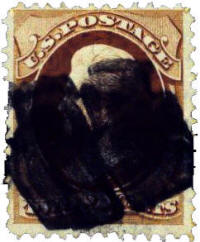
Highway Post Office (HPO) Mail
Mail that was sorted on motorized postal vehicles in transit between cities. Note that the sorted mail was delivered to Post Offices and not to individual addressees. This distribution method was employed from the 1930s until the mid 1970s.
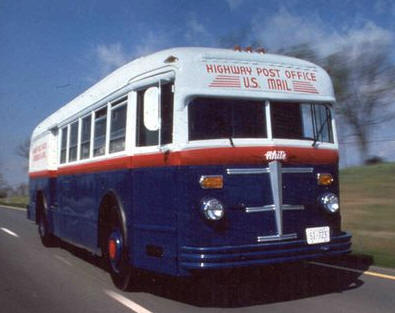
Hinge
Stamp hinges are small, rectangular-shaped pieces of glassine paper, usually gummed on one side. Folded with the gummed side out, the hinge is used to mount stamps. Most modern hinges are peelable. Once dry, they may be easily removed from the stamp, leaving little trace of having been applied.

Horizontal Coil
A coil stamp that is attached to its neighbor at the left and right sides; a sidewise coil. Horizontal coils have vertical perforations and straight-edges at top and bottom. If the vertical perforations are missing the stamp is known as a "horizontal coil, imperforate between". This stamp is usually collected in pairs.

Huguenot-Walloon Issue
A US 1924 commemorative issue honoring early American French and Flemish settlers.

Hunting Permit Stamps
The U.S. migratory bird hunting-permit stamps or "Duck" stamps were first issued in 1934. The money collected from the sale of these stamps is used to maintain the waterfowl habitat. The beauty of these stamps has made this a popular collecting area.

Hybrid Proof
A proof, resembling a large die proof, made from a closely cropped plate proof and mounted on a card or India proof paper.

Hyphen-Hole Perforations
Rectangular-shaped perforations applied to imperforate stamps by private companies such as the Schermack Mailing Company. They were also used on some United States revenue stamps.
